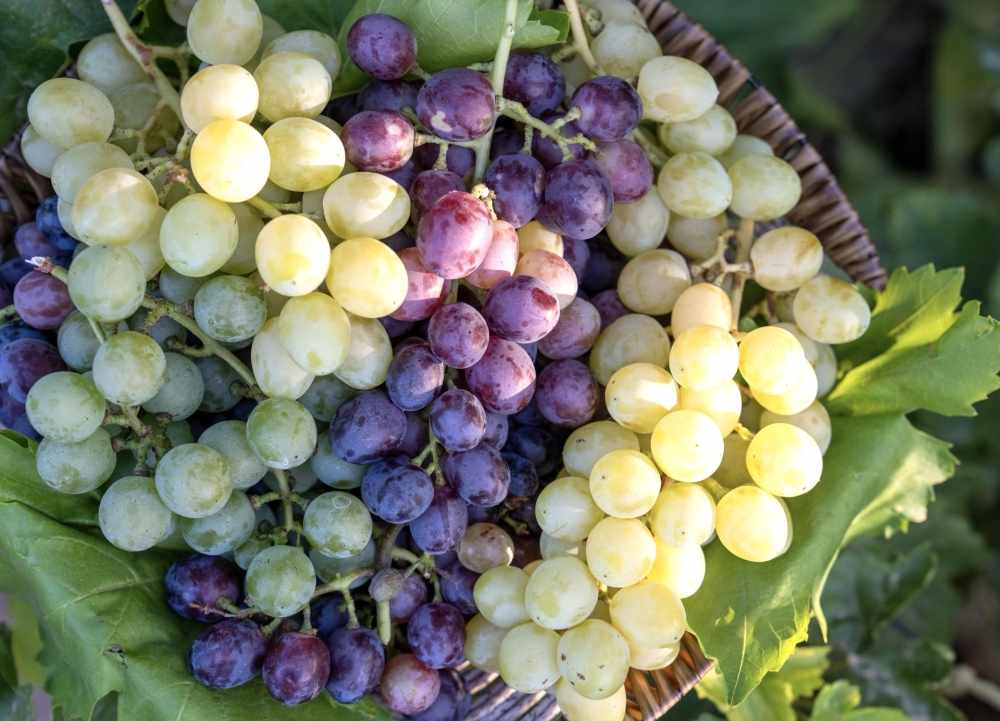Examining Japan’s relationships with its rivers | MENAFN.COM – MENAFN.COM
- Date: 21-Aug-2021
- Source: MENAFN
- Sector:Agriculture
- Country:Middle East
Examining Japan’s relationships with its rivers | MENAFN.COM – MENAFN.COM
(MENAFN - Asia Times) Japan is a country of rivers – more than 21, 000 of them. A new book by Roderick Wilson , a history professor at the University of Illinois Urbana-Champaign, examines the relationships between the rivers and the people living along them, and the vital role that rivers played in Japan's modern transformation. Wilson also considers the larger question of how people everywhere interact with and view their environments. Turbulent Streams: An Environmental History of Japan's Rivers, 1600-1930 (Brill) focuses on two of Japan's most important rivers – the Yodo and the Tone – from the 17th century to the early 20th century and the interconnections between the rivers, nearby rural and urban communities, and governmental efforts to control them. That riparian history of Japan has been largely understated or ignored, Wilson said, and it is important for understanding the history of Japan as a whole. In early modern Japan, rivers were a primary source of livelihood and remained under the control of local or regional authorities. Rice agriculture, fishing, boat transport, harvesting reeds and the use of floodwater-carried silt for farming all were important aspects of society. Adjacent wetlands also provided flood control and materials used























